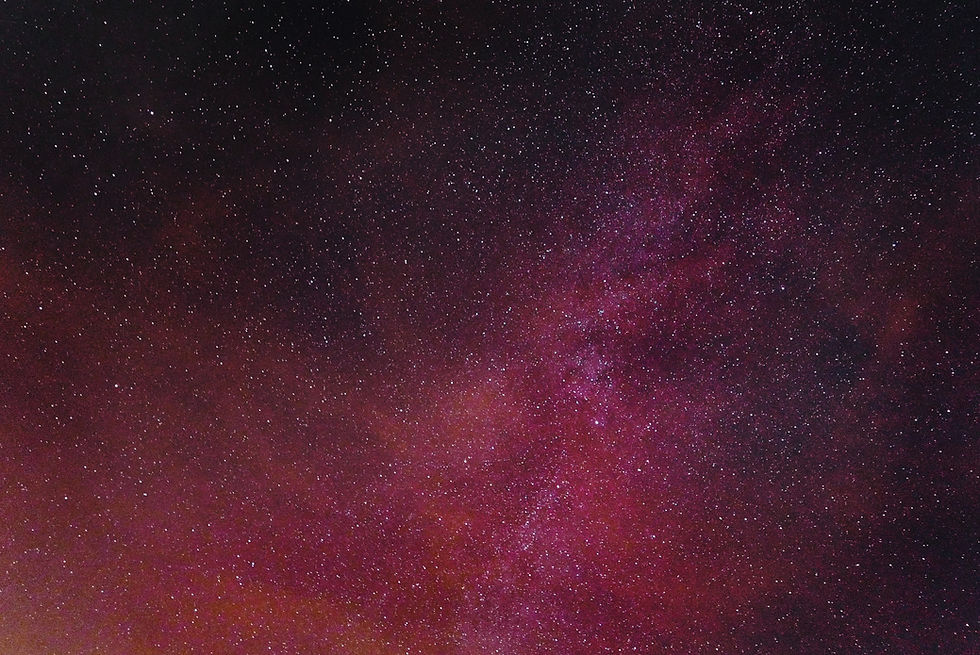Art as Activism: 5 Ways to Inspire Change Without Burning Out
- Jennifer Boyer
- Jul 7
- 3 min read
Because your voice matters—and so does your well-being.
Art has always been a tool for change.
From protest songs to powerful murals, from poetry slams to documentaries—artists have a long history of reflecting injustice, amplifying truth, and imagining a better world. If you’re a musician, writer, designer, visual artist, or creator of any kind, you probably feel a deep pull to use your work for something bigger.
But being an activist-artist—especially in a world full of crises, grief, and noise—can be exhausting. How do you stay engaged without getting emotionally depleted? How do you channel your voice for change without burning out or losing your joy?
The answer lies in sustainable activism—creative work that is bold and boundaried, purpose-driven and protected.
Here are five ways to use your art to inspire change and protect your mental health in the process.
1. Know Your Role in the Movement
You don’t have to do everything. You just have to do your thing.
Activism has many roles: educators, organizers, fundraisers, disruptors, visionaries, healers, documentarians. Art can be any one of those.
🎨 Maybe your paintings create empathy.
🎙️ Maybe your lyrics shine a light on a silenced issue.
🖋️ Maybe your blog educates in bite-sized, digestible ways.
🎥 Maybe your video reels move people to act.
Define your role and play it with care. Trust that it matters.
2. Choose One Focus (for Now)
The world is full of urgent causes—and it’s easy to feel like you're never doing enough. But your impact deepens when your attention sharpens.
Instead of spreading yourself thin across every issue, ask:
🌀 What breaks my heart the most?
🌀 Where do I have lived experience or deep curiosity?
🌀 What cause am I most equipped to amplify right now?
You can care about many things. You can create for one at a time. That focus is not selfish—it’s strategic.
3. Create Boundaries Around Your Input
You can’t create powerful, hope-filled work if you’re constantly consuming trauma. Activist burnout is real—and often comes from overexposure to distressing content without space to process.
Here’s how to protect your energy:
🚫 Limit doomscrolling before and after creative sessions.
🧘♀️ Balance your research with grounding, joyful routines.
📚 Curate your social feed to include hopeful, solution-oriented voices—not just outrage.
Information is important. But your nervous system matters too.
4. Infuse Your Art with Hope, Not Just Pain
Activism isn’t just about pointing out what’s broken. It’s also about showing people what’s possible.
Yes—rage can be fuel. So can grief. But hope is a long-burning fire.
Ask yourself:
✨ Can I spotlight joy in the margins?
✨ Can I imagine a future worth fighting for?
✨ Can I use color, sound, or storytelling to remind people they’re not alone?
Hope isn’t naive. It’s revolutionary.
5. Build a Creative Community That Gets It
You shouldn’t have to carry the emotional weight of activism alone. Seek out (or build) community with other creatives who care about the world the way you do.
That might look like:
🌍 A group chat with fellow activist-artists.
🎶 A zine or show series amplifying social justice voices.
📆 Monthly check-ins where you support each other’s projects.
💌 A newsletter where you share tools, resources, and rest practices.
Being around others who understand your mission helps you stay committed without feeling isolated.
You Are Allowed to Rest
You are allowed to pause. To make art that’s playful and not political. To retreat and refill so you can come back stronger.
Burnout doesn’t serve the cause. Your joy, your longevity, and your inner peace do.
So make your art. Speak your truth. And take exquisite care of your heart while you do it.
The world needs your voice—and it needs you to stay well enough to keep using it.
🖤 How do you use your art to create change? What helps you avoid burnout? Let us know in the comments or tag us @CreatingWithImpactPod on Instagram or Facebook. Let’s inspire, uplift, and protect each other as we go.



Comments